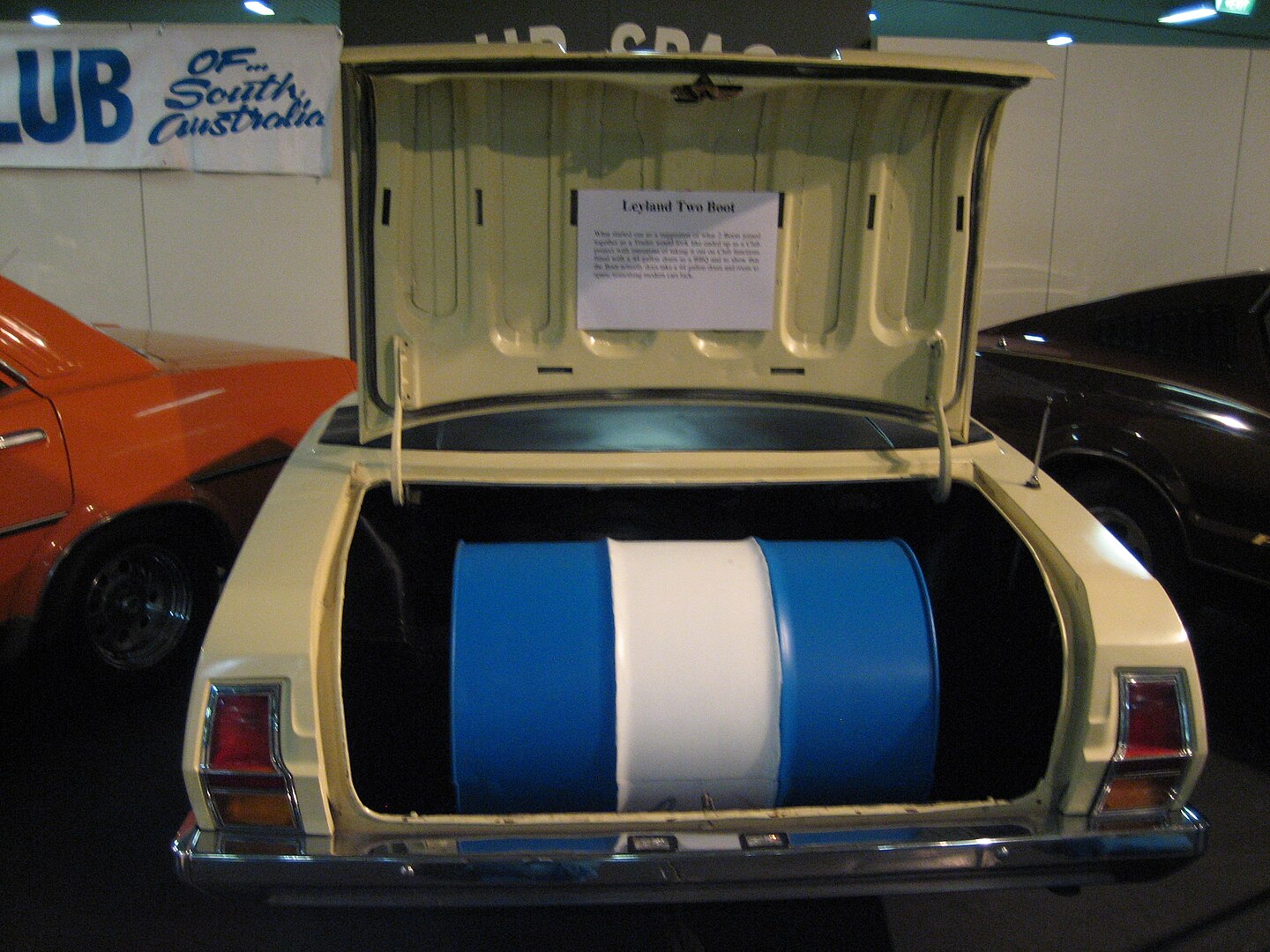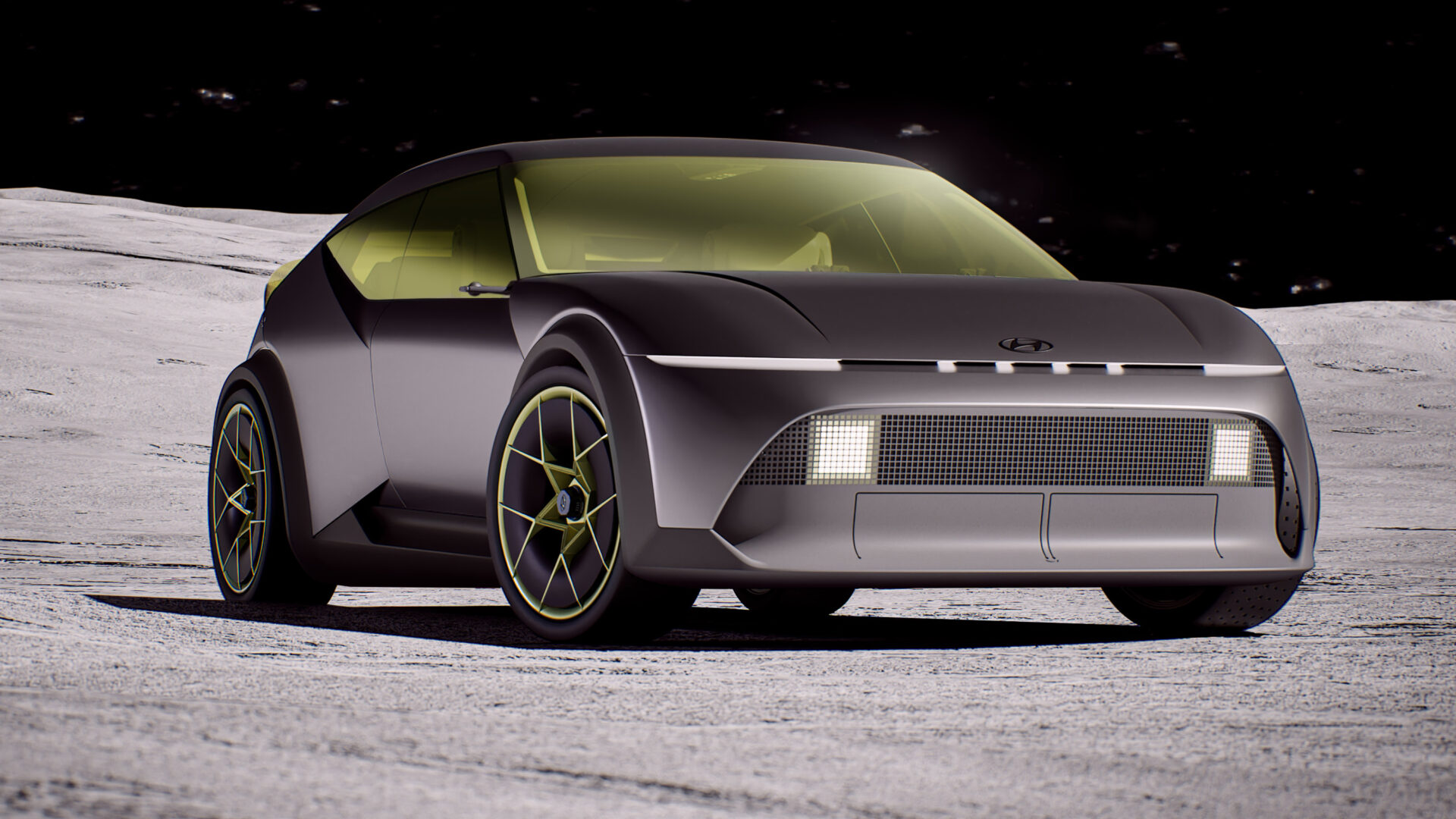British supercar maker has unveiled the long-awaited successor to the F1. With a petrol-electric hybrid power train developing over 1000 horsepower.
McLaren F1






McLaren is calling the Speedtail the its first Hyper GT, signalling that it’s a little different to Gordon Murray’s 1992 creation. The F1 was an out and out hypercar, blasting to the 386.4km/h (243mph) but also focussing on driver involvement. The next car to hold the title of fastest production car was the Koenigsegg CCR, a boat of a thing that nobody remembers. I had to look it up. The Bugatti EB110 was in there somewhere too.
Just 106 of the original target of 250 made it out the door. The car was expensive to make and buy and the Asian Financial Crisis hit sales.
The F1 was powered by the genuinely legendary BMW Motorsport S70 V12. You can trace that engine’s descendants into the E46 M3 (straight-six), the E60 M5 (V10) and E90/E92 M3 (V8). It was a no-compromise car – McLaren’s Formula 1 engine supplier at the time was Honda. Toes successfully trodden there, then…
It wasn’t just for the road, of course. The F1 found its way into Le Mans, which it won convincingly and it was the F1 GT LM that gave us the Longtail name, still used today.
So imagine how fast the Speedtail must be…
McLaren Speedtail






The Speedtail was born BP23. A drip-feed of information revealed it would follow the F1’s three-seater cabin with central driving position. It would be hugely fast. And sales restricted to 106 units, which probably isn’t difficult given its £1.75m (US$2.25m). Before options and taxes, naturally.
Another masterpiece from McLaren Design Director Rob Melville and his team, it’s a massive 5.2 metres long. That’s even longer than the mahoosive BMW X7. Obviously, it’s all in the name of aerodynamics.
The cabin is quite something. Whereas the driver of the F1 had to climb over a thick console, the controls for the Speedtail are in an overhead pod, a bit like the Senna. The driver has three screens in front and then two extra tablets acting as rear vision mirrors. The vision comes via two pop-out cameras. Gordon Murray would have loved that tech in 1992.
McLaren Speedtail Drivetrain

Let’s start with the performance figures first. The P1 could accelerate to 300km/h (186mph) in 16.5 seconds. Not bad. The Speedtail will knock the off in just 12.8 seconds. Top speed is 403km/h (250mph).
McLaren hasn’t offered a lot of detail on the drivetrain. Like the P1, Speedtail has a hybrid powertrain, in this case offering up to 1050PS (772kW). One expects the combined torque figure will surpass the P1’s combined figure of 980Nm.
It’s hugely unlikely the engine will be anything other than McLaren’s twin-turbo V8 allied with a seven-speed twin-clutch transmission.
McLaren Speedtail Chassis & Aero







As ever, McLaren’s Monocage forms the basis of the Speedtail. Made from carbon fibre, the Speedtail’s cage is unique to fit the three-seat configuration.
The teardrop shaped canopy works with the long, smooth body to push the Speedtail to 403km/h (250mph). A set of Pirelli P-Zero tyres – custom-made, obviously – keeps you on the straight and narrow. A set of active rear ailerons (patented, don’t you know) keep you on the ground. They’re actually part of the car’s flexible carbon fibre skin, which is wild.
A huge carbon diffuser sucks the car to the ground – I’d be interested to see if there’s a ground-effect fan.
The carbon front wheel covers are static, with the brake callipers peeking out from behind. There are hardly any sharp angles on the car, with vents melting gently into the bodywork to ease the air into the right path.
The body itself is made from something called 1K Titanium Deposition Carbon Fibre. Essentially, the carbon weave includes titanium to increase strength and further reduce weight.
A Velocity Mode trims the car for high speed stability, lowering the Speedtail by up to 35mm. Max height of the car in Velocity mode is just 1.12 metres or just over 44-inches. Another key stat, the width, tells a tale – it’s narrower than P1 to reduce frontal area.
Speedtail’s dry weight is just 1430kg. Instead of sun visors, the upper portion of the windscreen uses electrochroamatic glass. Likewise, the overhead, side and rear glass uses the same tech to reduce temperatures in the cockpit. There is bound to be a lot more detail come release day.
When and How Much?
Well, you can’t have one, at least not from McLaren. The whole bally lot was flogged off to existing McLaren owners. No doubt many of them are also F1 and P1 owners.
The price kicks off at £1.75m (US$2.25m) but it’s excedingly unlikely owners won’t go to town with options, including the Speedtail silver paint you see here in the pics and video below.
Deliveries will begin in 2020.




Leave a Reply